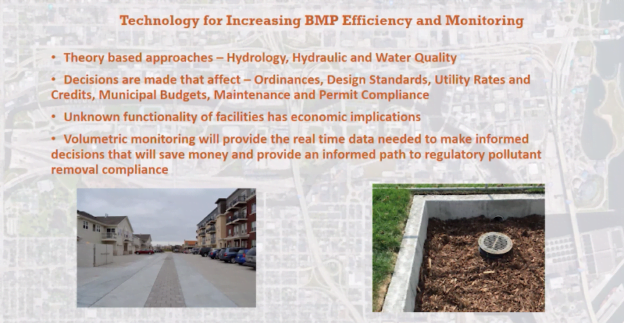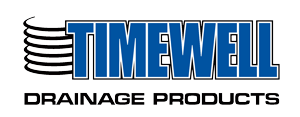Across the nation, and here in Wisconsin, local governments and the US EPA have approved MS4 Permits and Total Maximum Daily Load (TMDL) requirements on countless communities, counties, and drainage districts. To comply with the permits, watersheds are delineated, and appropriate best management practices (BMPs) are identified, designed, and implemented. Typically, design of BMPs is based upon commonly used computer software that will compute hydrology, hydraulics, and non-point pollution annual loads such as total suspended solids and phosphorus.
Rainfall distributions and intensities used in these analyses are dictated by state and local ordinances. With each new BMP installed, documentation of compliance is derived using these computer models. The actual performance of the BMP asset, whether it is a wet pond, permeable pavement system, biofilter, or underground storage system, is unknown. This information is important because if the BMP is over-performing, the owner of the asset should be able to receive additional pollution reduction credits necessary to achieve permit compliance. On the other hand, if the asset is under-performing, maintenance and retrofits may be needed to improve the performance of the asset.
This presentation will provide an overview of smart stormwater technology and methods, accepted by the Wisconsin Department of Natural Resources, and capable of documenting health and performance of stormwater infrastructure in real-time. Case studies will be examined on two different BMP types – (1) permeable pavement systems in the City of Cudahy and (2) underground storage systems in the City of Appleton, both located in the State of Wisconsin. Data collected from these case studies show how stormwater BMPs are capable of performing much better than computer models give them credit. Increased performance translates to increased value within communities’ MS4 and/or TMDL compliance progress. These systems are changing how stormwater infrastructure is managed and doing it in a way that saves communities and taxpayers a lot of money. These systems also become the foundation for pollutant credit trading.
About Instructors
Course Content






